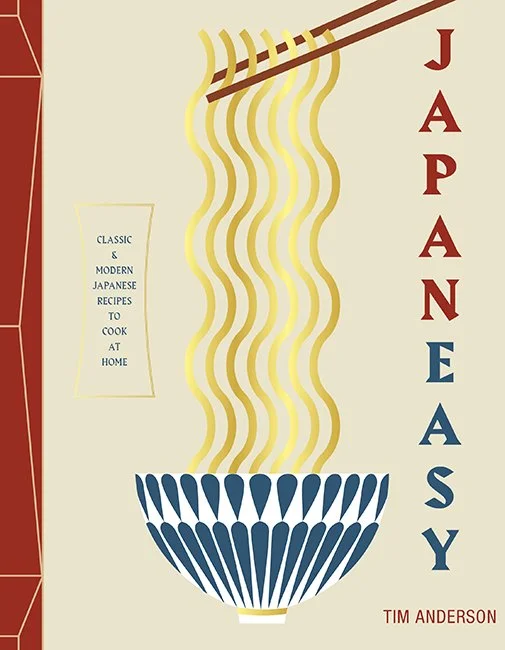Kakiage tempura fritters
“These delectable crunch-parcels are one of the most popular toppings for udon and soba in Japan, and it’s easy to understand why. They start off crunchy and sweet, and over time the batter absorbs the broth to make for fabulously juicy mouthfuls.”
MAKES 8-10 FRITTERS
1 medium carrot, julienned
1 medium leek, julienned
75g sweetcorn
50g green beans, cut into 3 cm batons
100g squid, thinly sliced, or prawns (shrimp), roughly chopped (optional)
2 tbsp plain (all-purpose) flour
big pinch of salt
1 quantity Tempura Batter (see below)
oil, for deep- or shallow-frying
For the batter
1 egg
400ml (1½ cups) sparkling water
200g (1½ cups) plain (all-purpose) flour
100g (1 cup) cornflour (cornstarch)
pinch of salt
Combine the carrot, leek, sweetcorn, beans and squid or prawns, if using, in a bowl with the flour and salt. Toss to coat, and set aside for about 20 minutes so that the salt softens the veg slightly.
Heat some oil in a deep frying pan (skillet) or wide saucepan – if you’re shallow-frying, it should be over a medium-high heat; if you’re deep-frying, the oil should be 180ºC.
Pour a little tempura batter into the mixed vegetables – just enough to coat them. Toss them to evenly coat in the batter, then use a slotted spoon to scoop up the battered veg, allowing excess batter to drain thoroughly before frying – make sure you use the bare minimum of batter to hold the veg together. Use a spoon or chopsticks to gently push the veg off the slotted spoon into the oil, taking care to keep them together in roundish fritters.
Cook the fritters for 5–6 minutes, turning once during cooking, until golden brown. Drain on kitchen paper and set them half-submerged into your favourite noodle broth.
For the batter
For the batter, beat the egg, and then stir it together with the sparkling water, ideally using chopsticks. Don’t stir too much or you will knock the bubbles out of the water.
Stir both flours together with the salt in a separate bowl, then pour in the egg and sparkling water mixture. Mix until the batter comes together with a consistency of double (heavy) cream. A general rule to follow is that it should be badly mixed: a slightly lumpy batter contains more air and irregularities that will give your tempura a light, lacy structure, and it also develops less gluten, which helps prevent it from turning doughy and soft. Little lumps are good, big lumps are bad, so break them up.
This is an edited extract from JapanEasy by Tim Anderson, published by Hardie Grant Books. RRP $60. Photography by Laura Edwards.





